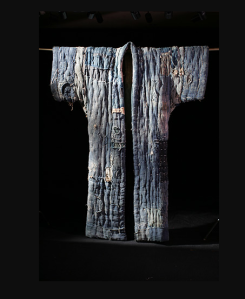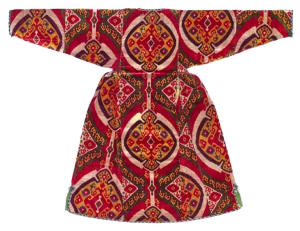
A short blog to highlight some textile events taking place in the next couple of weeks – there is a lot on later in October so I will cover that in another blog.
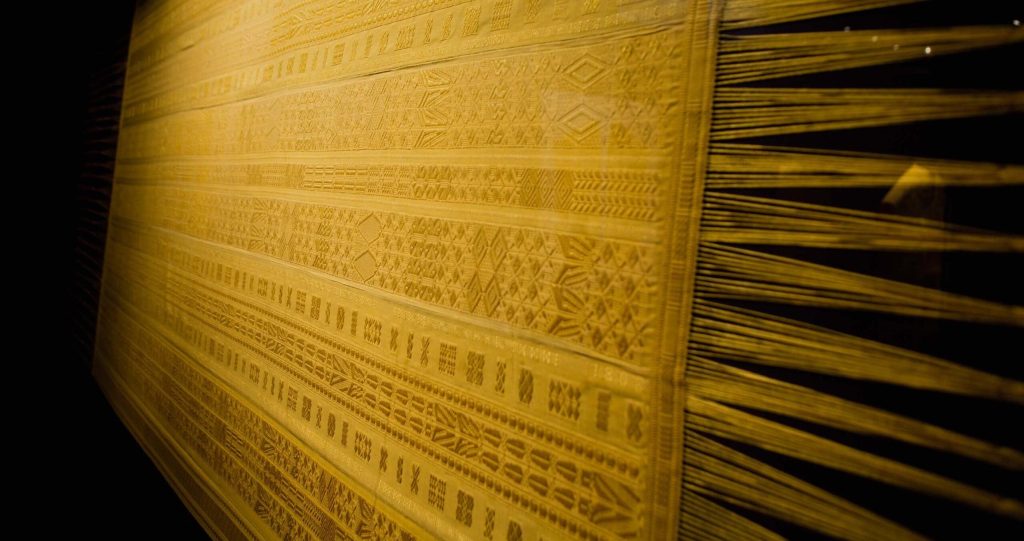
Want to see one of the rarest textiles in the world? Oliver Hoare Limited in London currently has an exhibition (ending 22 October 2021) called The Natural World and the stand-out pieces are two shawls and a lamba made from golden spider silk from Madagascar. Only four pieces from this silk exist today.
“Estimates for the numbers of spiders necessary to produce silk are astonishing: a single ounce (28 grams) of golden spider silk requires 23,000 spiders. To produce the brocaded textile alone required drawing the silk from the spinnerets of over 1 million spiders.” – gallery website
You can learn a lot more about how these amazing textiles were produced, along with photographs of the different processes involved here.

On Thursday 30 September at 13:00-14:00 BST the Textile Society will be hosting a talk entitled Deception and Disguise: Smock Narratives. Alison Toplis will look at “the history of the English smock and how it developed in the 19th century as part of working-class clothing cultures and more specifically menswear. The smock has had a fascinating heritage and Alison will question assumptions about who wore smocks and discuss why they became popular as working attire as well as signifiers of individuality. Join us to hear more about a significant and understated part of English social and costume history.“ – Textile Society website.
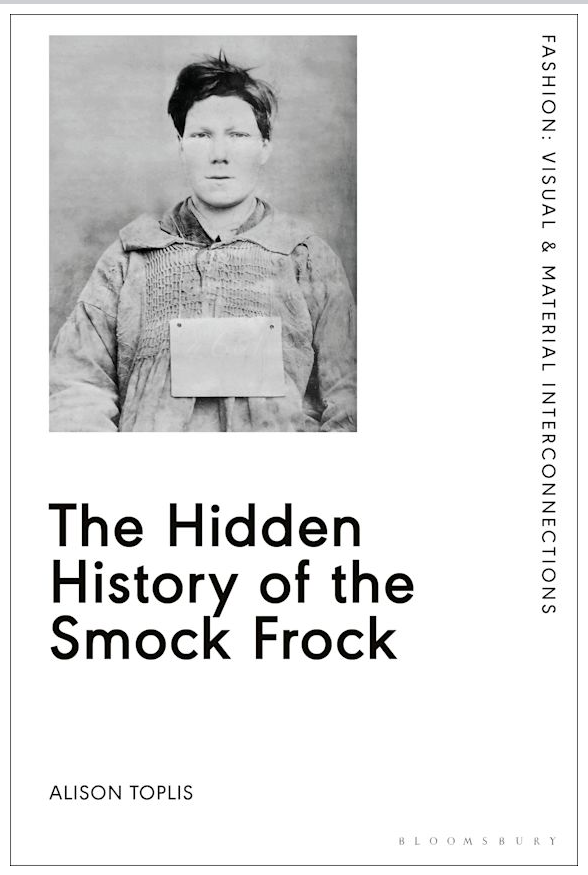
Alison is the author of The Hidden History of the Smock Frock in which she traces how it was used in England and also in export markets such as Australia. It’s fascinating that something that was originally a man’s garment has now largely become part of the wardrobe of women and children.

On Saturday 2 October 2021 The Bowers Museum, Santa Ana, California will host an in-person talk by Mark A Johnson on the subject of The Unique Art Forms of the Kayanic People of Borneo. This event will also be available for online attendance. It will take place at 13:30-14:30 PDT, which is 21:30-22:30 BST. Registration is essential.
This talk will be based on Mark’s recently published book The Kayanic Tradition. Kayanic Dayak Art from Borneo. Volume 1: Guardian Sculptures. A preview of a few pages of the book is available here to whet your appetite.
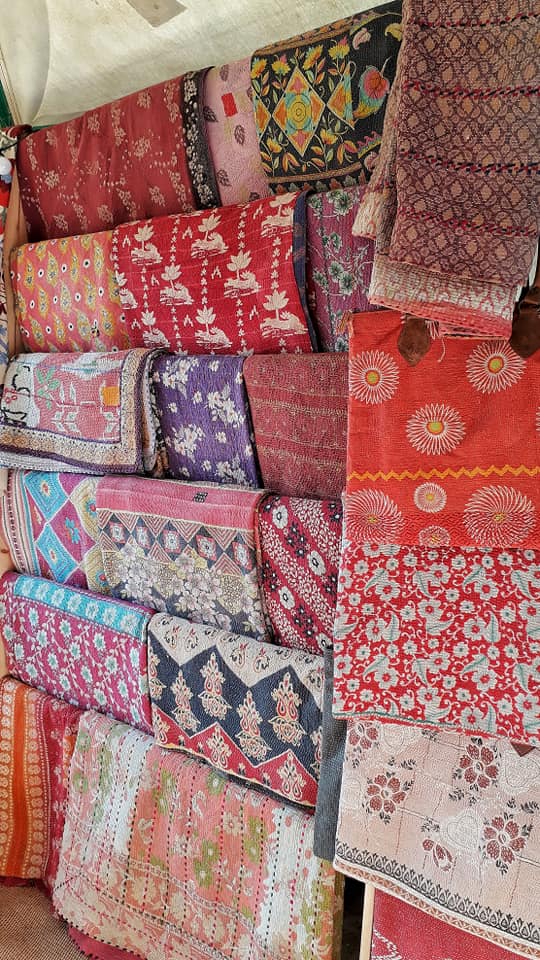
Also on 2 October is the West of England World Textile Day. The location for this one is Saltford, which is between Bristol and Bath.
Textiles will be available from the following specialists:-
Textile Traders
African Fabric Shop
Susan Briscoe designs (Japanese)
The Running Stitches (vintage Kantha)
Slow Loris (Chinese tribal minorities)
Treasures from the Silk Road
Fabazaar (Indian)
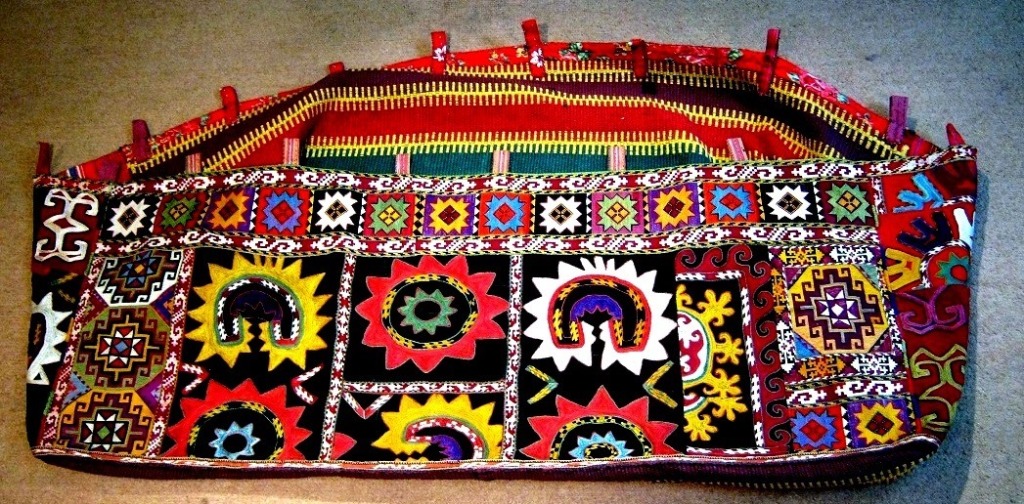
On Wednesday 6 October at 18:00 BST our friends at ORTS (Oriental Rug & Textile Society) will host an online talk by Louise Teague on her collection of Lakai textiles. If you would like to attend please email Dimity Spiller.
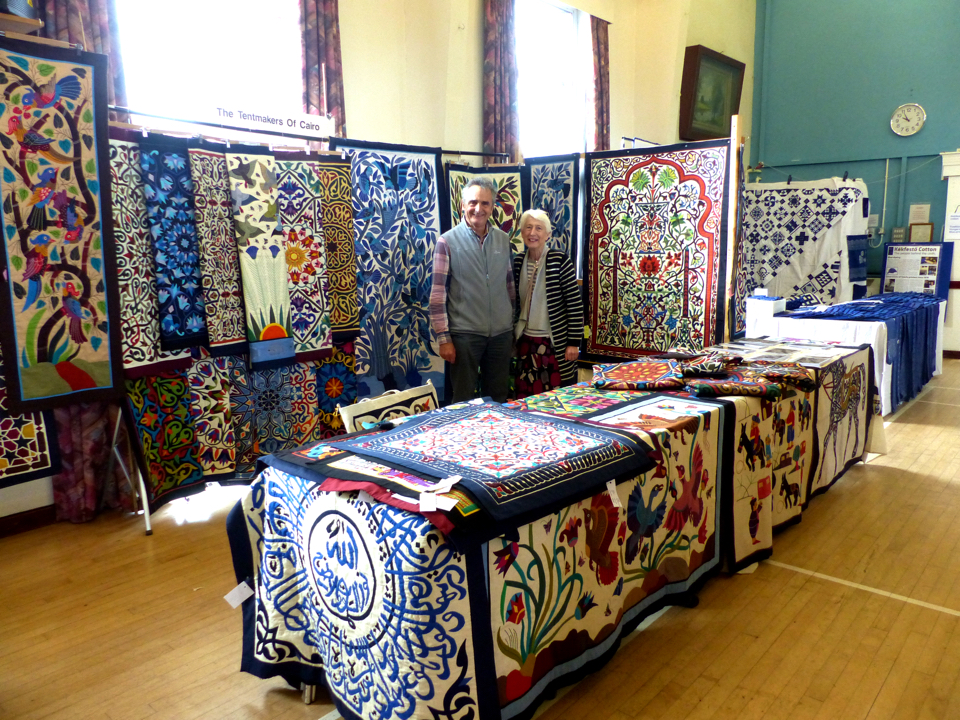
On Saturday 9 October its the South of England World Textile Day in Hampshire. This will be at Brockenhurst in the New Forest.
Textiles will be available from the following specialists:-
Textile Traders
African Fabric Shop
Susan Briscoe designs
Egyptian Tent Hangings from John & Joan Fisher
Helen Murchie (tweed)
Ruth Smith
Gaynor Williams (animal trappings)

And as if that’s not enough the Textile Society will be hosting their London Antique & Vintage Textile Fair in Chelsea on the following day, 10 October. I’ve never been to the London event, but have been to the Fair they hold in Manchester and it always has an interesting range of textiles.

I really enjoyed this blog by the Bowers Museum about Qing Dynasty Children’s Headwear. I was interested to learn that the hats above “functioned as masks to fool evil entities into thinking the child was an animal. Dogs, lions, tigers, and dragons were among the adorably rendered disguises donned by children to scare off even the most sinister spirits. “ – Bowers Museum website. Apparently wearing a hat with cat ears helped children to see evil spirits in the dark and escape from them!
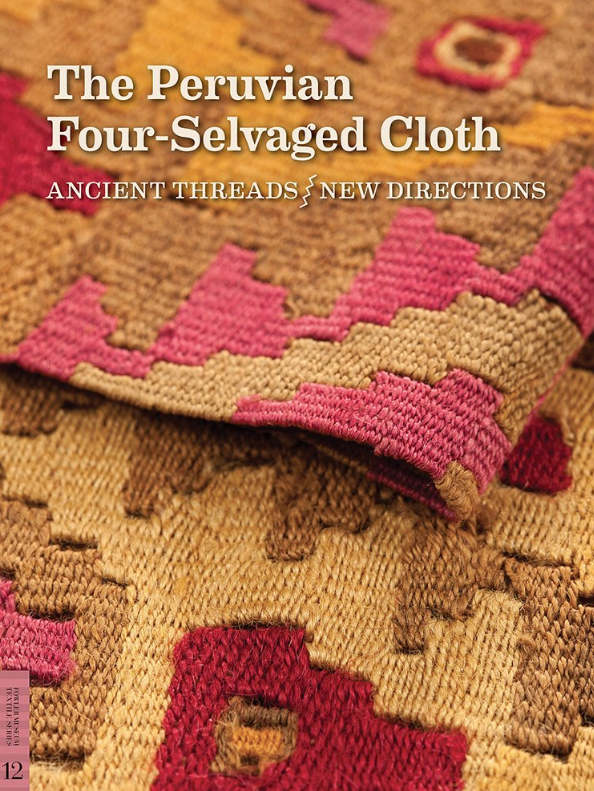
Finally on Tuesday 12 October Elena Phipps will give an online talk on The Andean Textile Tradition of Four-Selvaged Cloth. “A textile with four complete, uncut woven edges, or selvages, is a rare thing in the world of weaving. And yet, it has been a tradition in the Andes for thousands of years. In this presentation, textile expert Elena Phipps will share how Andean cloth with four selvages is precisely planned and woven to a specific size and shape for its intended purpose. The weaver knows exactly what they want to make when the cloth is created. The results are textiles admired for their mastery of color, technique, and design.“ – ATA website
This will take place at 19:00 Eastern Time, which is midnight in the UK, so probably one for our many international members.


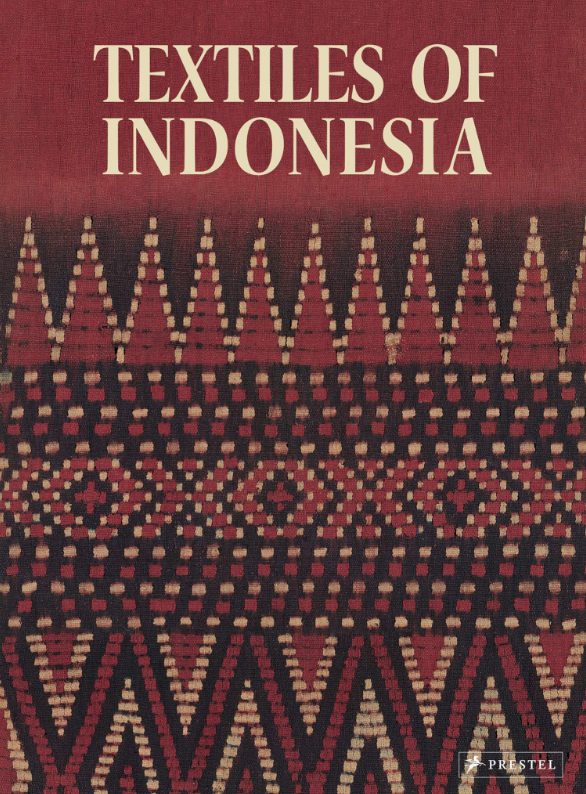





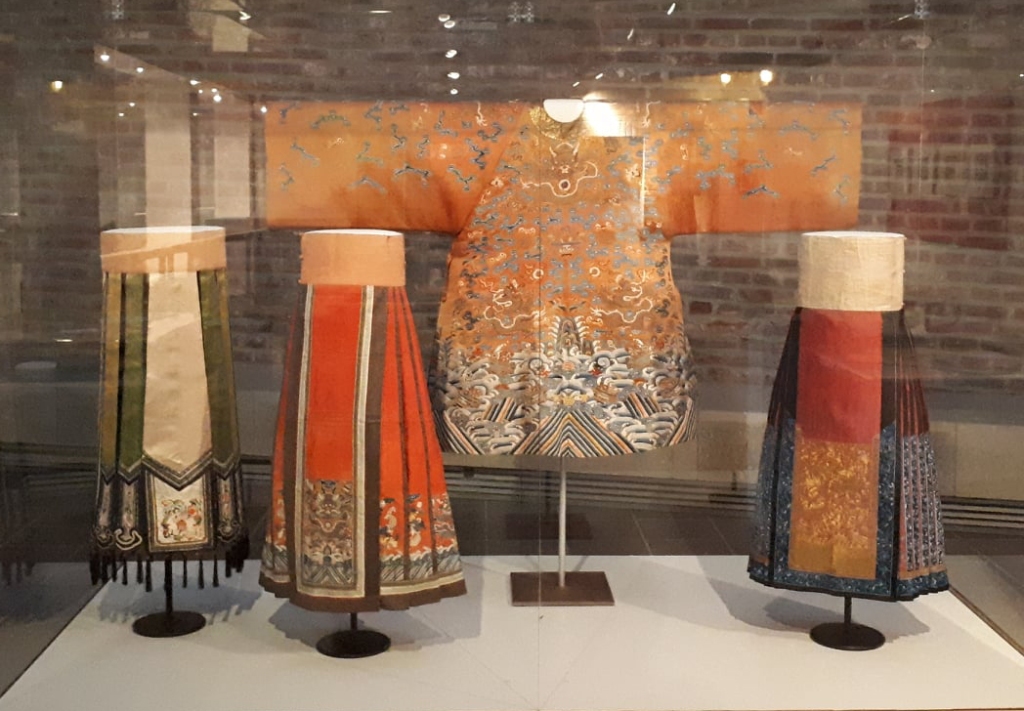


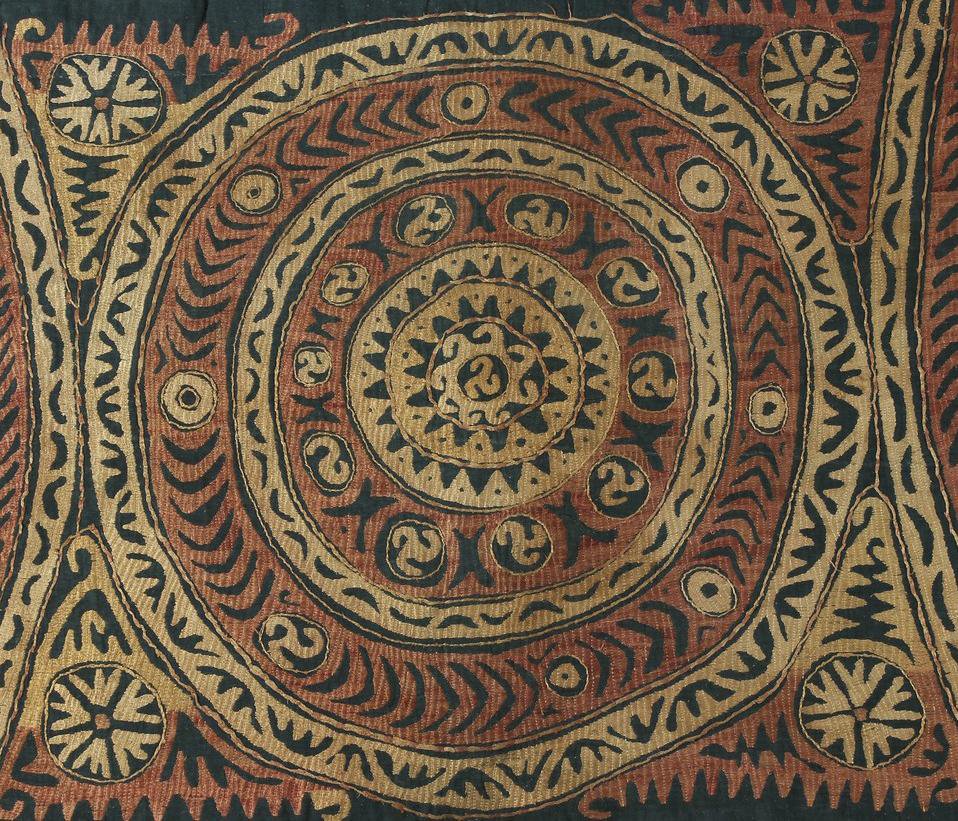




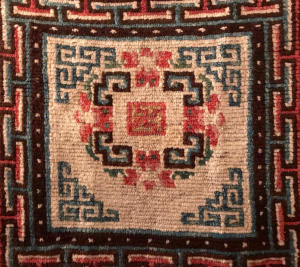


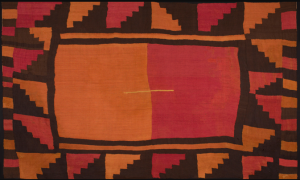
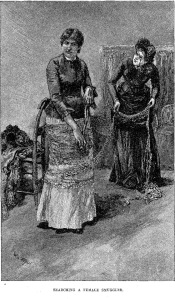 Searching A Female Smuggler. Source: Harper’s, 1884, pg.45.
Searching A Female Smuggler. Source: Harper’s, 1884, pg.45.